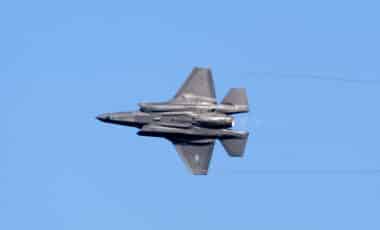Rising from the green French countryside like a beacon, the battle and lives lost that it represents have become legendary in Canada, for better or for worse. It is the Canadian National Vimy Memorial, and it is definitely worth a visit.
The Battle of Vimy Ridge is one of Canada’s most well known historic events. While it was not, in fact, the most successful battle of the First World War, it was a significant event in Canada’s growth as an independent nation from Great Britain.
Under command of Lieutenant-General Sir Julian Byng, the Canadian Corps prepared tirelessly prior to the assault. Using a creeping artillery barrage that began at 0530 on 9 April 1917, nearly 15,000 soldiers advanced from their trenches in the first wave, with more to come. The ridge was in Canadian control by the end of the day on 12 April, but at a cost. 10,602 casualties were taken, including 3,598 killed. It had been first time that all four divisions of the Canadian Corps had fought together, and, as a result, the Battle of Vimy Ridge became an important symbol for the relatively new nation of Canada.
 Canadian reserves dig in under shell fire at the Battle of Vimy Ridge, 1917.
Canadian reserves dig in under shell fire at the Battle of Vimy Ridge, 1917.
After the war, a competition was held to design a memorial for the site, and what resulted was the largest of Canada’s overseas national memorials, and arguably one of the largest First World War memorials in general. The Vimy Memorial is a tribute to those Canadians who fought at died in France during the First World War, and who have no known graves. Their names – all 11,285 of them – are inscribed on the lower walls of the memorial.
 The carving of names on the Canadian National Vimy Memorial, c.1930.
The carving of names on the Canadian National Vimy Memorial, c.1930.
Designed by Canadian sculptor Walter Allward, 20 large allegorical figures adorn the memorial. Some represent ideals: Hope, Truth, Knowledge, Peace, Justice, Faith, Honour and Charity. Other figures are more narrative: The Breaking of the Sword, Sympathy of the Canadians for the Helpless, the pair of mourning parents, and Canada Bereft, known traditionally as Mother Canada – a woman shrouded in grief, mourning the loss of a nation’s finest. They are all carved from creamy white stone, quarried in Yugoslavia, sourced specifically for this particular memorial.
 Canada Bereft, photo by Peter Lucas (CC BY-SA 3).
Canada Bereft, photo by Peter Lucas (CC BY-SA 3).  Upwards view of the memorial, photo by Gary Blakeley (CC BY-SA 4.0).
Upwards view of the memorial, photo by Gary Blakeley (CC BY-SA 4.0).
The memorial was unveiled in 1936 to a crowd of more than 100,000 – many of which had fought at Vimy Ridge and brought their families with them. Others were widows and family members of those who did not survive.
 Aerial photographs of the unveiling of the Vimy Memorial, 1936.
Aerial photographs of the unveiling of the Vimy Memorial, 1936.
The site is more than just the memorial, however. The land on which the towering structure sits – over 100 hectares — is largely untouched, and is one of the few sites of the former Western Front where visitors can see original trench lines. Sheep graze throughout the area, but not for any sort of ecological or pastoral reason. It is simply too dangerous to mow the grass due to the high number of unexploded munitions in the area. Speak to any farmer in Belgium or France, and you’ll learn that finding unexploded munitions is a common occurrence.
 German mortar emplacement, photo by Labattblueboy (CC BY-SA 2.0)
German mortar emplacement, photo by Labattblueboy (CC BY-SA 2.0)








